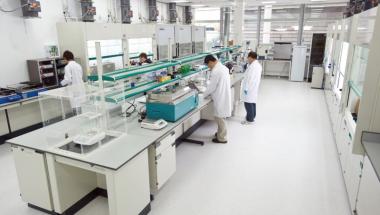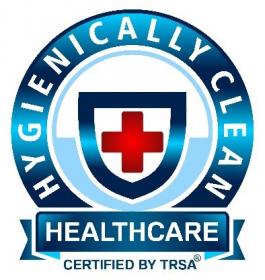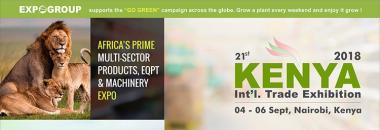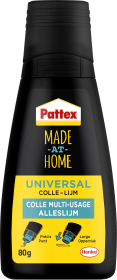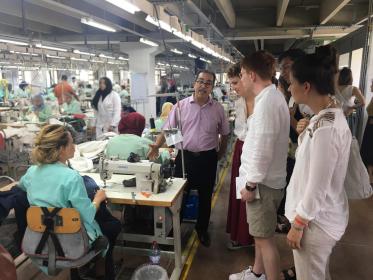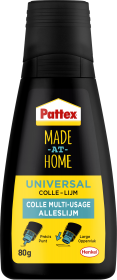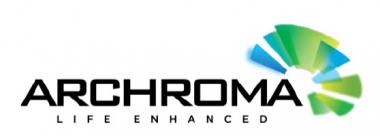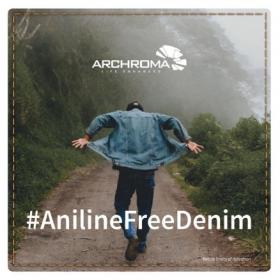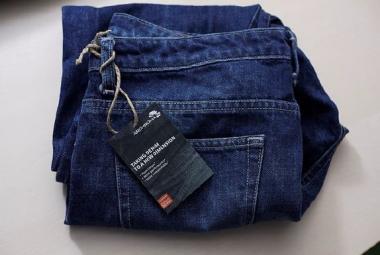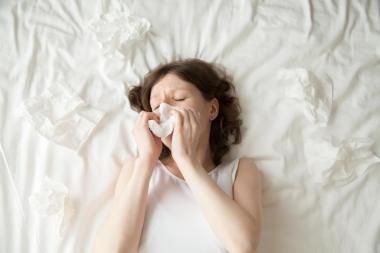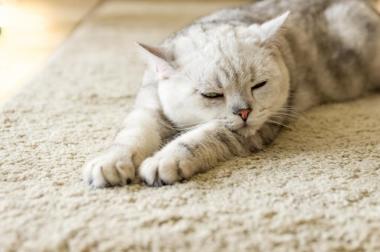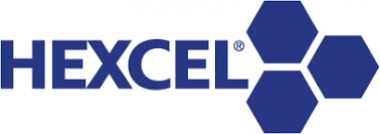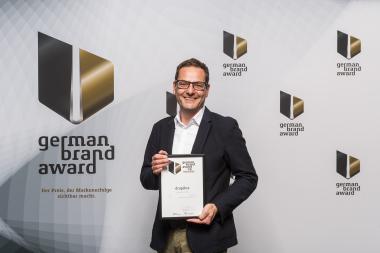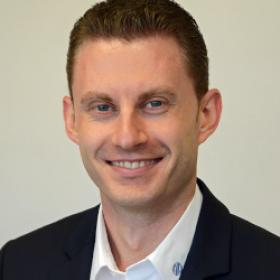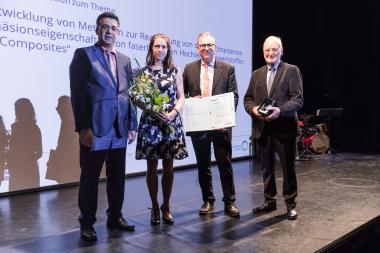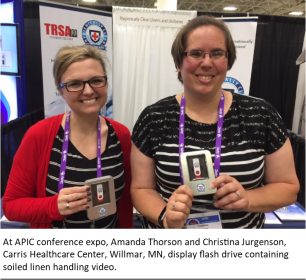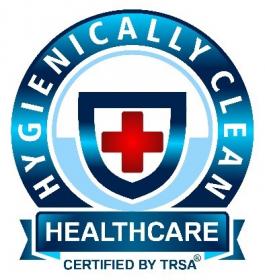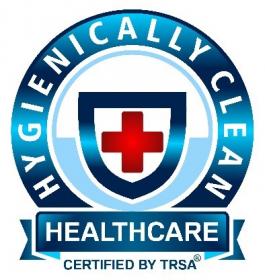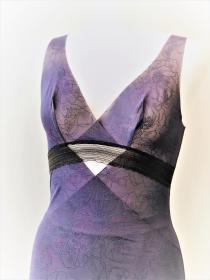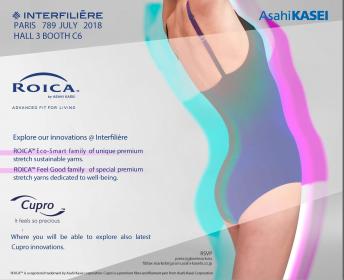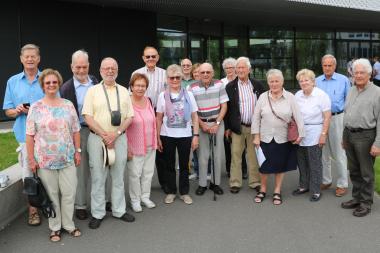Hohenstein eröffnet Textil-Prüflabor in Bangladesch
Textile Kompetenz endet nicht an der Ländergrenze. Kontinuierlich weitet der Prüfdienstleister und Forschungspartner Hohenstein seine Aktivitäten weltweit aus. Hohenstein ist da, wo Textilien hergestellt und verarbeitet werden und sorgt durch die Anwendung international anerkannter Standards für Transparenz gegenüber Verbrauchern in der Heimat. Schadstoffgeprüfte Materialien, umweltfreundliche Betriebsstätten, sichere Arbeitsplätze - Hersteller von Textilien jeglicher Art sehen sich durch steigende Kundenansprüche und verschärfte Gesetze erhöhtem Druck ausgesetzt.
Um dieser Entwicklung gerecht zu werden, entscheiden sich immer mehr Hersteller für die Prüfung durch unabhängige Prüfdienstleister. Experte hierfür und Profi im Bereich Forschung und Entwicklung ist das Unternehmen Hohenstein. Weltweit berät, testet und zertifiziert Hohenstein entlang der gesamten textilen Wertschöpfungskette. Bald nun auch in Dhaka, Bangladesch. Am 28. Juli 2018 wird das Labor feierlich von Prof. Dr. Stefan Mecheels, der das familiengeführte Unternehmen bereits in 3. Generation leitet, eingeweiht.
Nach sechs Monaten Bauzeit und einer weitreichenden Investition in modernste Labore und hochwertige Analysegeräte bietet Hohenstein den Textilherstellern künftig vielfältige chemische und textiltechnologische Tests. Darunter beispielsweise Schadstoffprüfungen, Leistungstests, Qualitätskontrollen (Farbechtheit, Pilling, Wasserdichtigkeit, Faserfeinheit u.a.) und die Erstellung von Gutachten. Eine Zusammenarbeit auf Augenhöhe und der direkte Kontakt zu seinen Auftraggebern ist Hohenstein wichtig.
Rund 30 Mitarbeiter nehmen das neue Labor in Betrieb, zukünftig entstehen hier weitere Arbeitsplätze. „Hohenstein steht für Kundennähe und deutsche Qualität. In Bangladesch stehen wir in engem Austausch mit unseren Laboren in Deutschland und Hong Kong“, erklärt Mecheels.
Tradition und Expertise als Verpflichtung und gleichzeitig Versprechen gegenüber Herstellern und Kunden. Davon und von den textiltechnologischen und chemischen Prüfungen können sich die rund 300 erwarteten Besucher der Labor-Eröffnung persönlich überzeugen. Denn das Gefühl von Sicherheit kann nur durch stetige Überprüfung gewährleistet werden. Und damit kennt man sich bei Hohenstein aus. Mit Sicherheit.
Mit rund 1.000 Beschäftigten in den mehr als 40 Niederlassungen und Kontaktbüros weltweit ist Hohenstein ein international agierender Prüfdienstleister und Forschungspartner in der Textilbranche.
Hohenstein Group, Textilindustrie, Prüfkapazität Textile Prüfdienstleistung Hohenstein Prüflabor Bangladesh
Hohenstein


